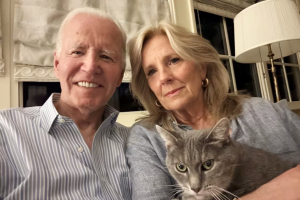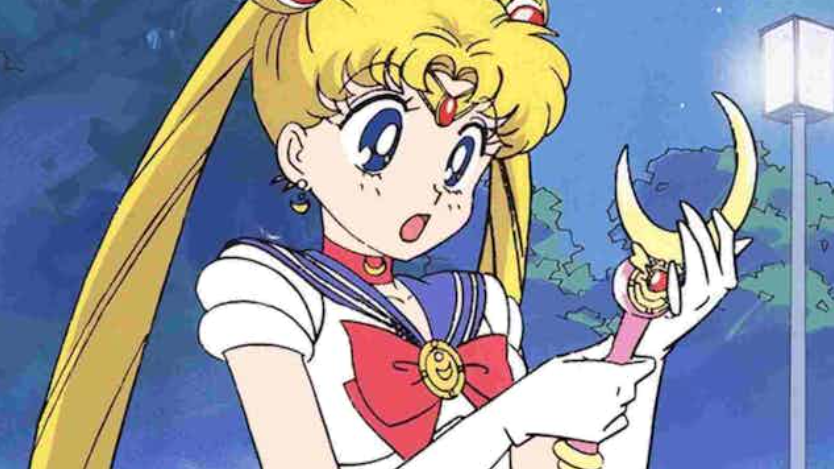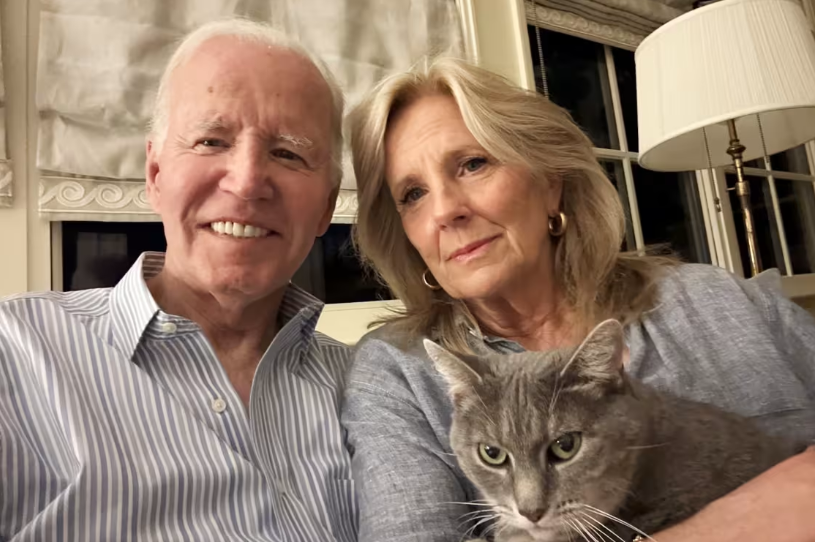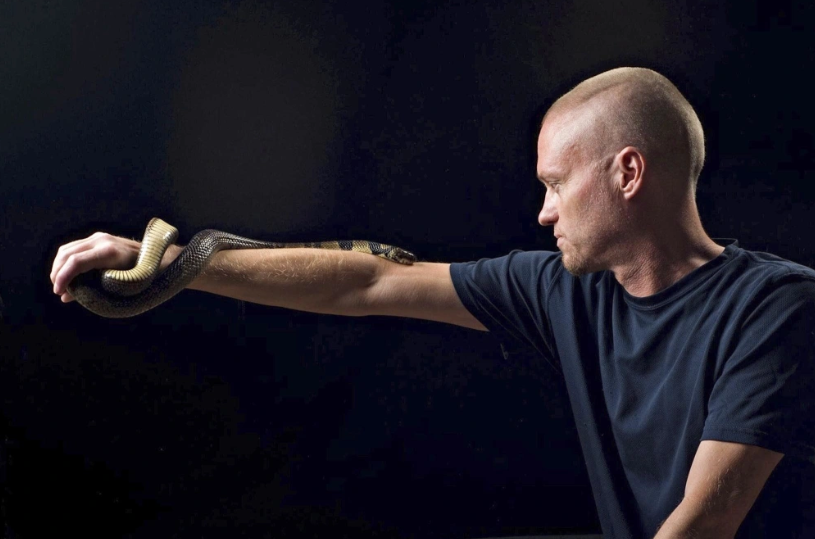Now re-running on television, fighting for love and justice, the Scouts are ready to kick some serious butt on the screen once more to defend Earth!
Multiple streaming services offer the magical girl series, but as of recently, Cartoon Network collaborated with Toonami to air the show at certain times. Dubs may vary across physical and digital media in various countries. (Viz/DiC)
Naoko Takeuchi is the brilliant mangaka behind the beloved series. Before Sailor Moon came to be, she wrote Codename: Sailor V, which is a predecessor to the series and introduces Minako Aino. This time, she came up with a new protagonist named Usagi Tsukino, who is Princess Serenity’s reincarnation. Sailor Moon evolved from the volumes and established its primary timeline from there.
A lot of the original content was changed due to international age-based content restrictions, much to her rebuke. Sailor Moon introduces unorthodox concepts and relations in its story that didn’t fly too well during its debut. In the 90s, the anime was subjected to script changes and its story was abridged.
After tripping over a cat with a bandage on its forehead, Usagi immediately turns back, apologizes, and observes the mysterious creature. She gently removes the band-aid, and suddenly, the cat retaliates, releasing itself out of her arms. Usagi is running late to school, flees and attends class late, performing horribly in her classes. After being kicked out and allowed back to her bedroom, Luna, the cat, appears beside her window, passing her a golden brooch embellished with jewels.
She is assigned the task of locating and recruiting the Sailor Scouts in order to revive her home kingdom. Mentored by Luna, Usagi grows into her role as a compassionate, inspiring leader. Tsukino is flabbergasted by the responsibility, but after transforming and realizing her new-found power, she trusts in the prophecy. Queen Serenity sacrificed herself to save her subjects so they would live happier lives and she bestowed the miracle of the silver crystal upon her daughter to resurrect the universe.
When Sailor Moon was distributed to foreign audiences, in particular, the United States, studio executives presumed that only girls would like the series because of its hyper-feminine characters and fashion. Takeuchi knew this, but she wanted to break the stigma, affirming that girls want to see strong, positive role models represented. Regardless, boys would be intrigued by its action-packed storyline too.
Sailor Moon’s enduring legacy lies in its ability to counter clichés and its adaptations provide impactful inclusivity for young viewers.






















Kevin • Nov 15, 2024 at 10:36 am
i do not like anime. i donn’t understand y ppl like it, its tooloud and the carcters r drawen unrealistic. I wud sya that sailor moon suffer pacing issue and repatitibe plot line.